Golaghat Tourism
Search related to Assam Tourism

Golaghat is a district located in the state of Assam in northeastern India. It is one of the largest districts in the state with an area of 3,502 square kilometers. The district is surrounded by the Brahmaputra River in the north, Nagaland in the east, Jorhat district in the west, and Sivasagar district in the south. Golaghat is an important historical, cultural, and economic center of Assam, with a rich and diverse history, geography, demographics, economy, culture, and tourism.
History
Golaghat has a rich and diverse history, with evidence of human settlement in the region dating back to prehistoric times. The district was ruled by various dynasties, including the Ahom Kingdom, the Koch Kingdom, and the British Raj. The Ahom Kingdom, which ruled Assam from the 13th century to the 19th century, had its capital at Rangpur, which is located in present-day Golaghat district. During the Ahom period, the district was known for its tea gardens, which were established in the 19th century by the British. The tea gardens played a vital role in the economy of Golaghat, and even today, the district is known for its tea production.
Geography
Golaghat is located in the Brahmaputra Valley, which is a fertile region known for its agricultural production. The district is situated at an altitude of 71 meters above sea level and has a diverse topography, ranging from flat plains to hilly terrain. The district is crisscrossed by several rivers, including the Brahmaputra, Doyang, Dhansiri, and Jhanji, which provide irrigation and transportation facilities to the region. The climate of Golaghat is tropical, with an average annual temperature of 25°C and an average annual rainfall of 2,400 mm.
Demographics
According to the 2011 census, Golaghat district has a population of 1,057,000, with a sex ratio of 957 females per 1000 males. The literacy rate in the district is 73.17%, which is higher than the national average. The major communities in the district include the Ahom, Bodo, Assamese, and Nepali. The district is also home to several indigenous communities, including the Karbi, Mishing, and Deori, who have their unique cultures and traditions.
Economy
Golaghat is an important economic center of Assam, with a diverse economy that includes agriculture, industry, and tourism. The district is known for its tea production, with several tea gardens located in the region. The district is also known for its production of oranges, which are grown in the hilly areas of the district. Other crops grown in the region include rice, jute, and mustard. The district also has several small-scale industries, including handloom and handicrafts. Tourism is another important sector of the economy, with several tourist attractions located in the district.
Culture
Golaghat has a rich and diverse cultural heritage, with influences from various communities that have inhabited the region over the centuries. The major festivals celebrated in the district include Bihu, Durga Puja, and Christmas. The district is also known for its traditional dances, including the Bihu dance, which is performed during the Bihu festival. The district is home to several indigenous communities, each of which has its unique culture and traditions.
- State :
- Assam
How to Reach Golaghat
Golaghat is a town located in the northeastern state of Assam in India. It is situated in the district of Golaghat and is a popular tourist destination for its tea gardens, wildlife sanctuaries, and cultural heritage. The town is well-connected by air, train, and road, making it easy for tourists to visit from various parts of the country.
-
By Air
The nearest airport to Golaghat is the Jorhat Airport, which is approximately 60 kilometers away from the town. The airport is well-connected to major cities in India such as Delhi, Kolkata, and Guwahati, among others. Tourists can take a direct flight from their respective cities to Jorhat Airport and then hire a taxi or take a bus to reach Golaghat. The airport has a prepaid taxi booth where tourists can hire a taxi at a fixed rate.
-
By Road
Golaghat is well-connected by road to major cities in Assam such as Guwahati, Jorhat, and Dibrugarh, among others. The town is situated on National Highway 39, which connects it to other parts of the country. Tourists can take a bus or hire a taxi to reach Golaghat from nearby cities. There are also several private bus operators that operate from Guwahati and Jorhat to Golaghat.
-
By Train
Golaghat has its own railway station, which is well-connected to major cities in India such as Delhi, Kolkata, and Guwahati, among others. The railway station is located in the heart of the town, making it easy for tourists to reach their destination. Tourists can take a direct train from their respective cities to Golaghat Railway Station or can take a connecting train from nearby cities such as Jorhat or Guwahati.
Complete List of Tehsils in Golaghat District, Assam
| S.No | Tehsil / Taluk Name | District Name | State Name |
|---|---|---|---|
| 1 | Bkt | Golaghat | Assam |
| 2 | Bokakhat | Golaghat | Assam |
| 3 | Glgt | Golaghat | Assam |
| 4 | Glt | Golaghat | Assam |
| 5 | Glt. | Golaghat | Assam |
| 6 | Golaghat | Golaghat | Assam |
| 7 | Jorhat | Golaghat | Assam |
| 8 | Sarupathar | Golaghat | Assam |
| 9 | Sibsagar | Golaghat | Assam |
| 10 | Svs | Golaghat | Assam |
Discover Exciting Places to Visit in Agra, Uttar Pradesh - Your Ultimate Travel Guide
Are you ready to explore the wonders of Agra, Uttar Pradesh? From the majestic Taj Mahal to hidden gems waiting to be discovered, our travel guide unveils the most captivating
Explore Exciting Places to Visit in Mumbai, Maharashtra - Your Ultimate Travel Guide
Ready for an adventure? Mumbai, in the beautiful state of Maharashtra, is packed with amazing places waiting to be explored! From iconic landmarks to hidden gems, Mumbai has something for
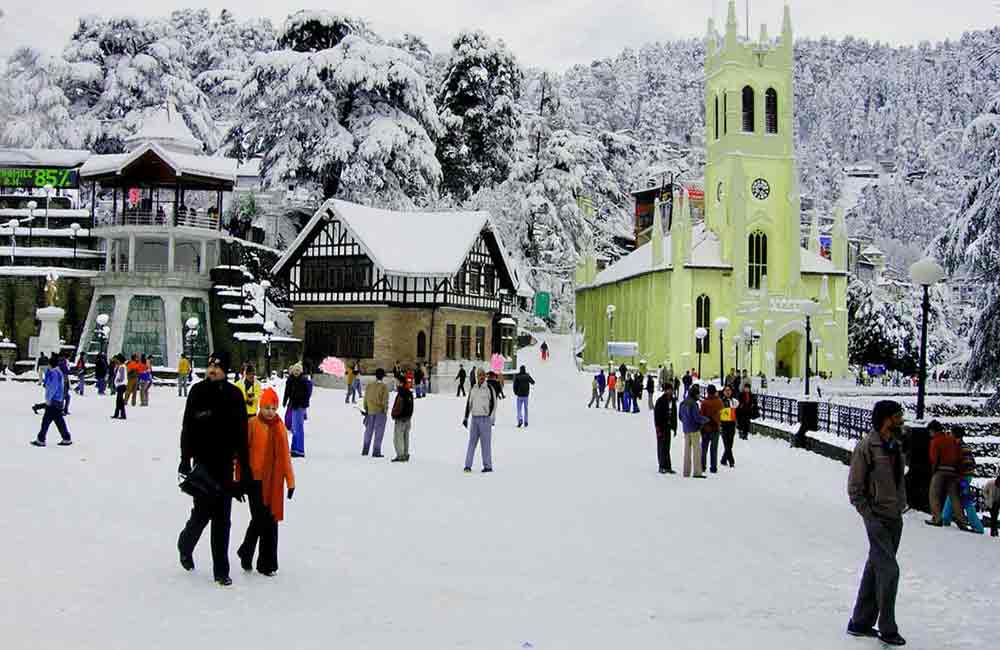
Explore the Wonderful Places to Visit in Manali, Himachal Pradesh - Your Ultimate Guide!
Ready for an exciting adventure? Discover the places to visit in Manali, Himachal Pradesh! From snowy mountains to lush valleys, there's something for everyone. Plan your trip now and explore
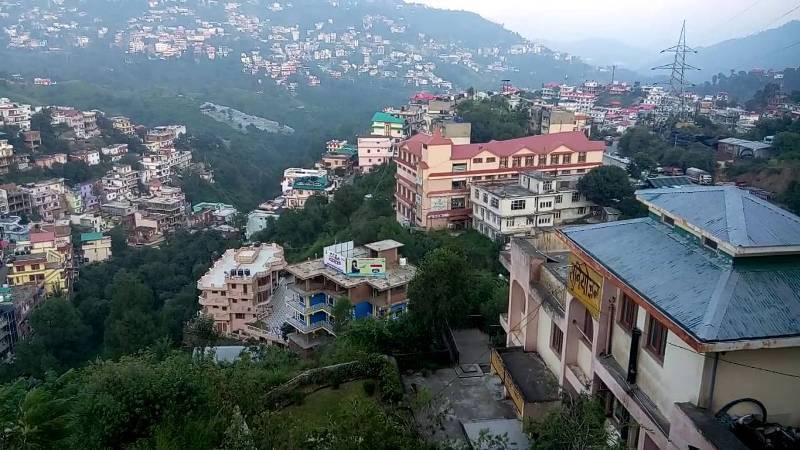
Places to Visit in Solan Himachal Pradesh - Explore the Best Tourist Spots
Discover the enchanting beauty of Solan Himachal Pradesh by exploring its myriad tourist spots. Whether you're seeking adventure or tranquility, Solan has something for everyone. From lush green valleys to
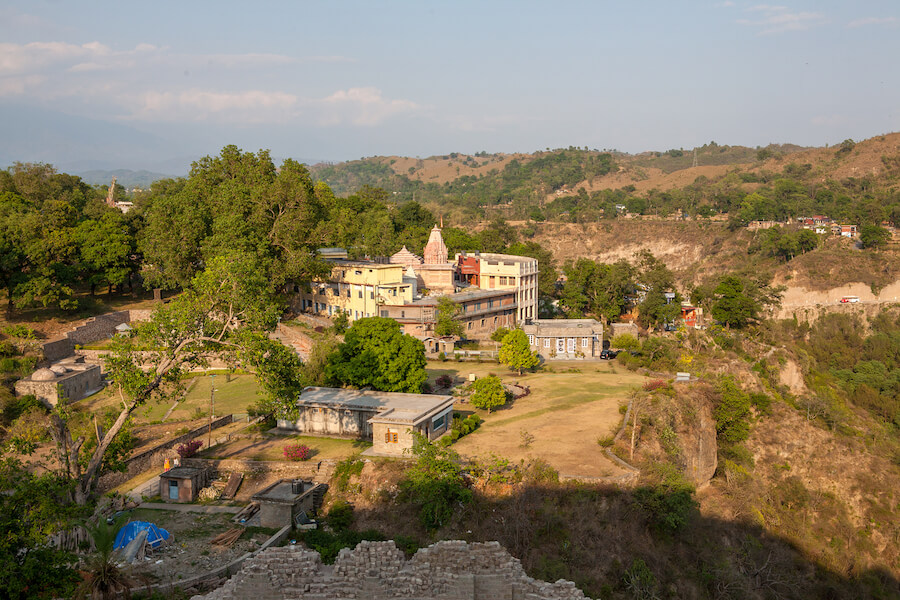
Discover the Best Places to Visit in Kangra, Himachal Pradesh: A Traveler's Guide
Ready for an exciting journey? Kangra, Himachal Pradesh welcomes you with open arms! Explore ancient temples, lush landscapes, and more in this enchanting valley. Let's uncover the best places to
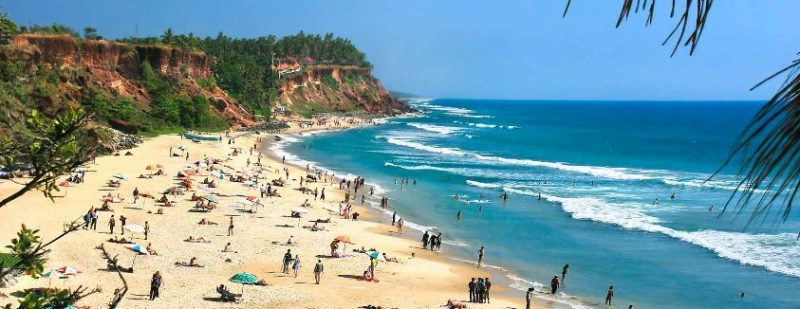
Explore Incredible Places to Visit in Varkala, Kerala: A Guide
Are you ready for an adventure? Varkala in Kerala is waiting for you! Discover the magic of this beautiful place with our guide to the best places to visit. From
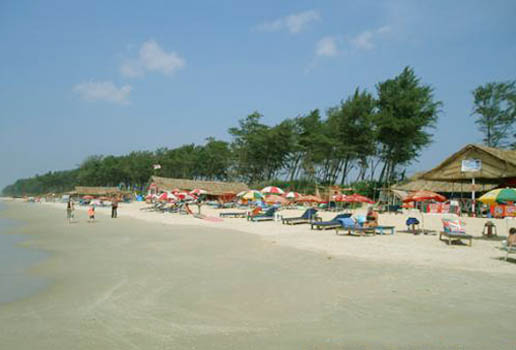
Explore Panaji, Goa: Discover the Best Places to Visit in the City
Ready for an adventure? Panaji, located in Goa, is packed with exciting places to visit. From ancient forts to picturesque beaches, there's never a dull moment in this lively city.
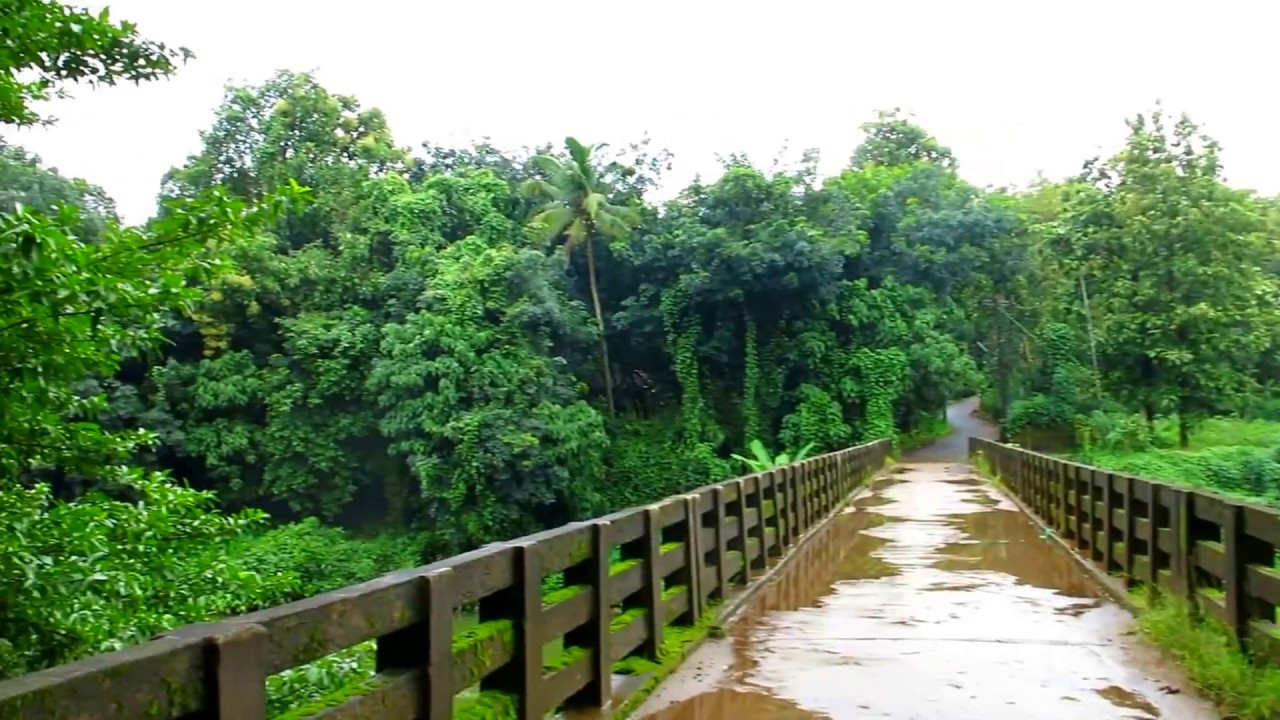
Explore the Best Places to Visit in Thrissur, Kerala – A Perfect Guide for Your Next Adventure!
Are you ready to explore Thrissur, Kerala? Get ready for an exciting journey through this vibrant city! Discover its rich history, stunning landmarks, and fascinating culture. With our guide to
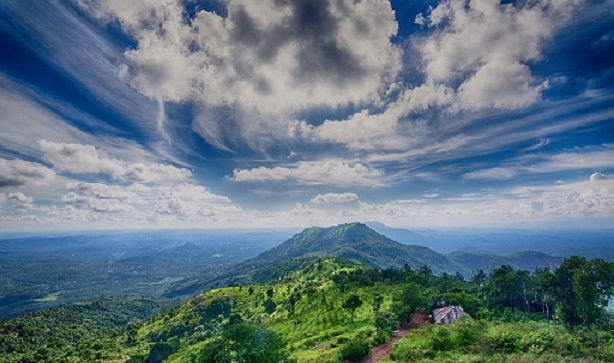
Explore the Best Places to Visit in Malappuram, Kerala - A Traveler's Guide
Dive into the beauty of Malappuram, Kerala with our ultimate travel guide! From picturesque beaches to fascinating historical sites, explore the best places to visit in Malappuram Kerala. Whether you're
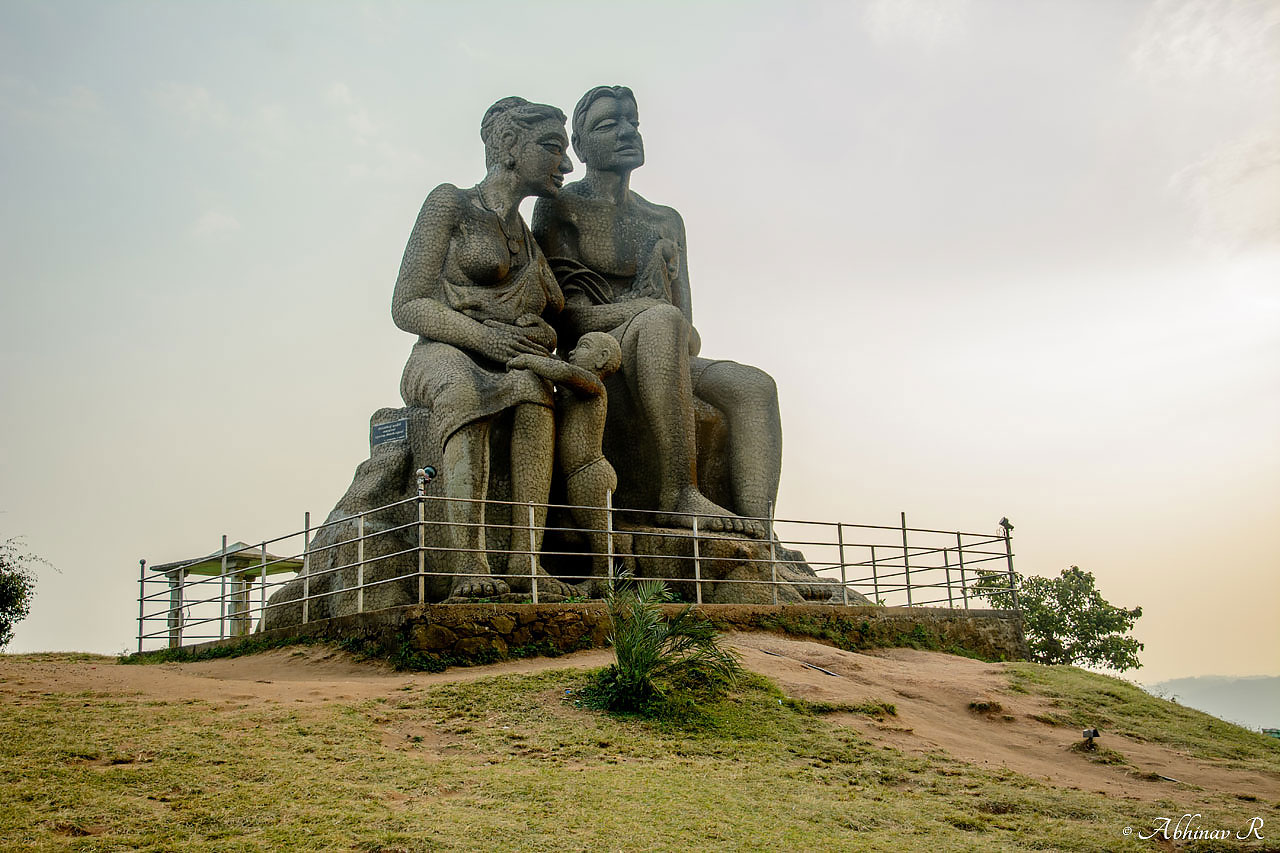
Explore the Best Places to Visit in Idukki, Kerala - A Traveler's Guide
Discover the mesmerizing beauty of Idukki, Kerala with our guide to the best places to visit. From breathtaking landscapes to serene lakes, explore the charm of this enchanting destination. Whether
Top Stories
-

Explore the Charming Attractions: A Comprehensive Guide to the Best Places to Visit in Tezpur
-

Archaeological Site Museum, Sri Suryapahar
-

Here is 1 Best Places to visit in Dispur in 2024 you must add in your Travel List
-

Here is Best Places to visit in Silchar in 2024 you must add in your Travel List
-

Here is 2 Best Places to visit in Tinsukia in 2024 you must add in your Travel List


